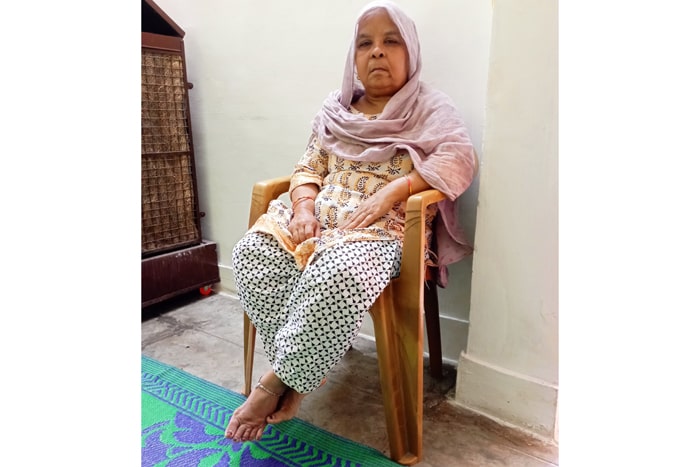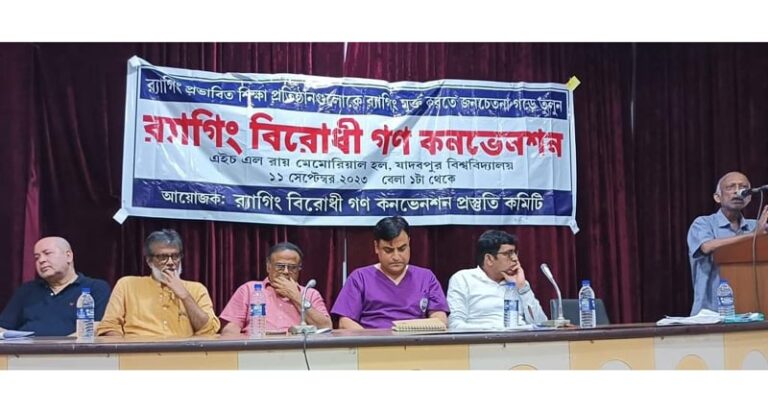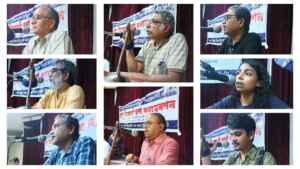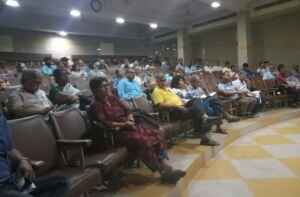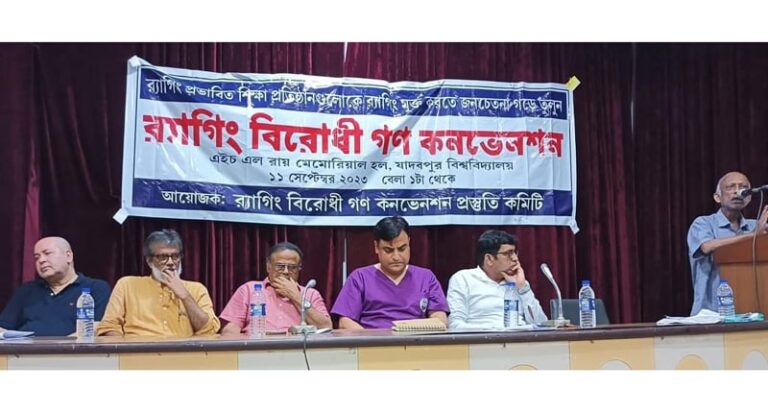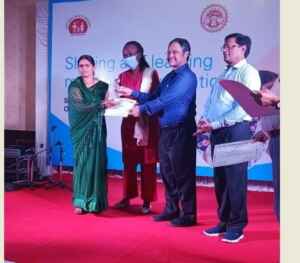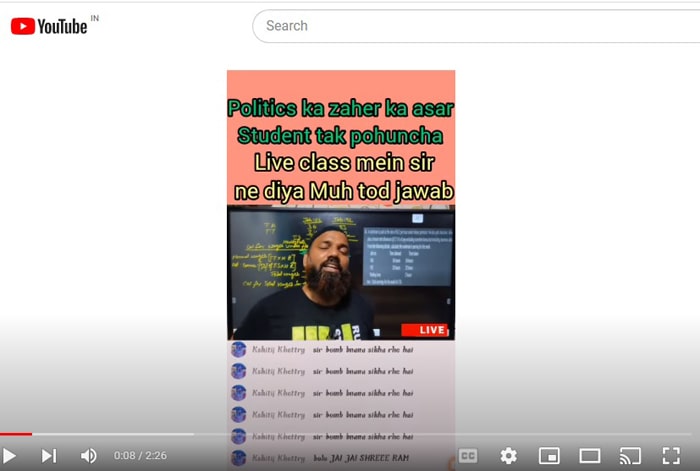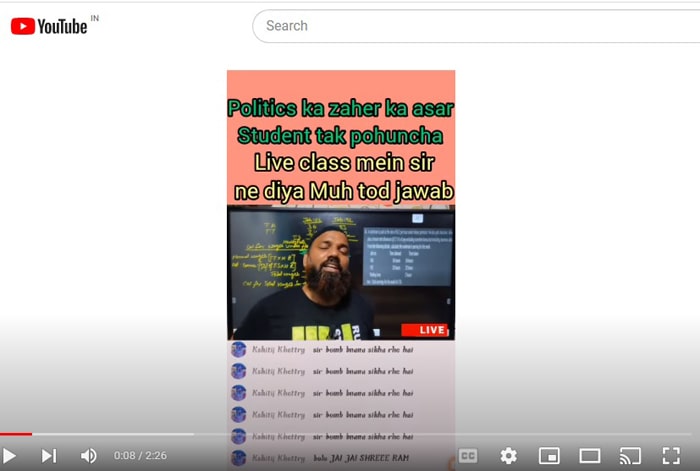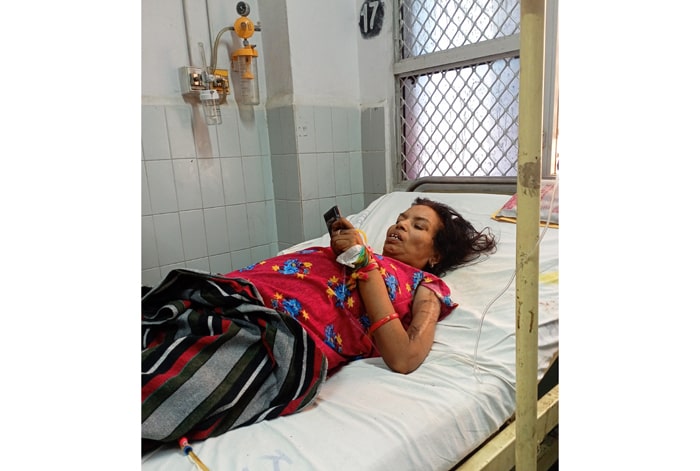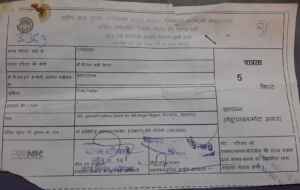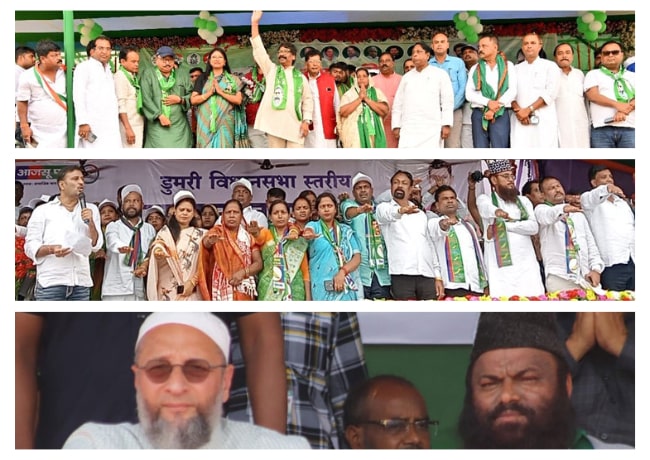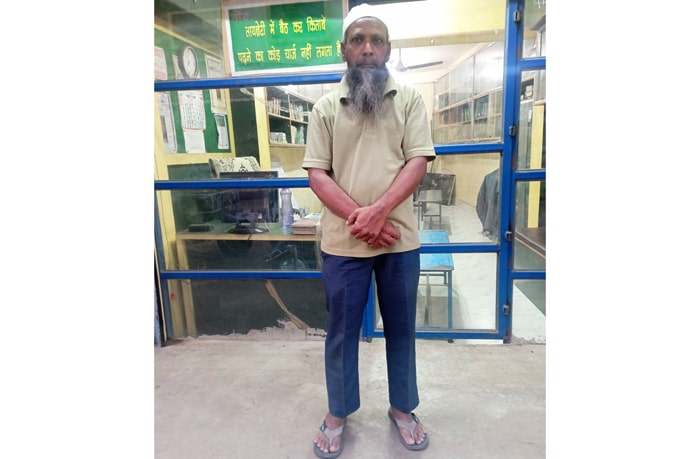Bhopal, Jabalpur, New Delhi: Imagine a street corner in Bhopal full of victims of the Bhopal Gas Tragedy of 02/03 December 1984, who received compensation: chatting, laughing, exchanging notes on the price rise affecting their pockets. Imagine footpaths spilling over with old and young survivors of the tragedy watching the world go by as they sip tea, discuss about grand children, cricket and the latest blockbuster.
The reality is: there is no such public space in Bhopal. Not even in the changing skyline of the City that came in the grip of deadly cloud of toxic gases from the Union Carbide Plant on the intervening night of 2-3 December 1984, enveloping the many small hutments and shanty colonies around the factory site. You can spot a woman in a gown or in not ironed salwar suit covering their heads with a chunni buying vegetables next to a young woman headed to a college or work, dressed in a spaghetti top and jeans. The social diversity is evident from Karond Chouraha to JP Nagar, from Shahjehanabad to Sindhi Colony to Bhopal Railway Station, at Ibrahimpura, Bhopal Talkies, Hamida Road, Bharat Talkies, where the old crumbling wooden and rock slab panel houses are giving way to swanky new buildings. The post-Bhopal Gas Tragedy generation did not witness the closure of the Union Carbide Plant.
Another reality is the Supreme Court orders dated 14/15 February 1989 that awarded compensation to a limited number of next of kin of the dead and to a small section of the survivors. One such character is Bano Bi who and her husband (late Akbar Khan, a hotel manager) received compensation of Rs 75,000 following the said 1989 Supreme Court order.
“The compensation was nothing against the loss we had to suffer because of the tragedy. I and my late husband permanently became allergic to many things and we were never able to lead a normal life that we and one of our siblings enjoyed earlier,” says Bano Bi who lives in a rented accommodation, close to Chirayu Hospital in old Bhopal’s Shahjahanabad locality.
A huge portion of the compensation amount was spent on medical and health care, she said by adding that “the amount was not enough to buy a small house for the family”. Over 39 years, that amounts to a measly and unjust Rs 05.26 a day is what the family of Bano received. (1984-2023 = 39 years. 39 years X 365 days = 14235 days. Rs 75.000 divided by 14235 days = Rs 05.26 per day). With every passing day, the average amount available a day would fall proportionately.
To understand the words of Bano Bi, let us first read the Supreme Court order. On February 15th, 1989, the Supreme Court allowed the Union Carbide Corporation (UCC) and Union Carbide India Limited (UCIL) to resolve the dispute (through full and final settlement of all claims) on payment of $470 million to the Union of India.. The order said: “this court, considered it a compelling duty, both judicial and humane, to secure immediate relief to the victims.” Some argue that the settlement amount was very little and some others argue that the opportunity to seek adequate compensation from the Union Carbide Corporation and Union Carbide Corporation India Limited was lost.
However, the decision was welcomed by the then Madhya Pradesh Government headed by the Congress Party, now in opposition both in the State and at the Centre. “Motilal Vora, the Chief Minister, or top elected official, of Madhya Pradesh state, of which Bhopal is the capital, said he welcomed the ruling,” wrote The New York Times in its news report titled ‘Bhopal Payments by Union Carbide set at $470 million’, published on February 15, 1989.
But his political opponents told Press Trust of India that the Government had ”surrendered before the multinational company”.
Surprisingly, the apex court order left behind several unanswered questions. Why were the concerns of Bhopal Disaster victims, who demanded adequate compensation for those who died and for those chronically ill survivors, with no hope of recovery, overlooked? Why were representatives of gas victims not consulted regarding the terms of the settlement? The larger issue is that the court order was met with widespread protest from within and outside Bhopal. The images and graphic accounts of the adverse impact of the disaster were horrific and have spread across the country and the world. Ordinary people joined protests against the Bhopal Disaster, from Goa to Guwahati, from Srinagar to Trivandrum, demanding justice, holding placards, singing “hum honge kamyaab, maan mein hai vishwas”, the widely acclaimed anthem of Indian civil rights movement which fought for equality, justice peace and harmony.
These may seem small, helpless peaceful gestures but they all mattered; as every silence amplifies the harm and the horror left behind by the disaster. And in this context, a call to observe National Protest Day was given on 19 April, 1989 and the order was challenged by way of review and writ petitions.
In March-April 1989, owing to widespread public protests, the Supreme Court decided to review the settlement. After admitting the review and writ petitions against the settlement that were filed in March 1989, the Supreme Court in order dated 04 May 1989 offered an explanation to justify the basis of the settlement. 0n 04the May 1989, the Supreme Court revealed that the settlement was based on the assumptions that the number of deaths due to the disaster was just about 3,000 and that the number injured totaled only around 105,000.
However, it took 14 years for the 40 Claim Courts to complete the process of adjudication of all the claims, which numbered over 1,000,000. . By March 2003, the awarded death claims stood at 5,295 (over 10,000 death claims were awarded compensation only for injuries although it was acknowledged that the victims were actually dead), while the awarded injury claims stood at 5,53,015. In other words, the actual number of dead and injured were five times more than the assumptions on which the settlement was based. In other words, the compensation amount of 470 million US Dollars (then Rs.705 crores) that was to be disbursed among 105,000 victims was actually disbursed among 570,000 victims! In other words, each gas victim on an average received less than one-fifth of the claim amount each victim was awarded as per the terms of the settlement.
Navendu Mishra, the Labour MP for Stockport, UK, has drawn attention of the global public to the gross injustice that had been meted out to the Bhopal gas victims through the unjust Bhopal settlement. Urging the British Government to support an investigation into the Bhopal gas explosions, Mr Mishra, in his address to the House of Commons on 22 November 2022 said:
“The $470 million agreed resulted in 93% of claimants being awarded the equivalent of £380 each for what, in reality, are life-changing injuries. Over 38 years, that amounts to a measly and unjust 5p a day. The victims were not consulted during the settlement discussions and, understandably, many felt cheated by the compensation.”
“Although it may seem far-fetched, it appears that corporations value a Bhopali survivor’s life 100 times less than the life of an Alaskan seabird, because in 1989 —the same year as the partial settlement—Exxon spent $51,000 on the rehabilitation of each bird affected by its oil disaster” added Navendu Mishra who has been an MP continuously since 12 December 2019.
The SC order seemingly dial up or down the capability of modern corporate giants who have ability to flatten a city in moments, contaminate the environment for decades and the effects of toxic gases and toxic waste are felt for generations. There are over 200,000 victims in Bhopal still suffering from the after-effects of the 2-3 December 1984 disaster.
The spurious claim that too much compensation has been paid to the gas victims totally mischaracterises the untold sufferings that the gas victims have been forced to undergo all these years.
Ten years back, in 2013, noted senior lawyer and Rajya Sabha MP Ram Jethmalani questioned the reason behind reducing the compensation claim for the Bhopal gas victims and said the new package announced by the GoM was a “pittance”.
“I want to know who decided that the claim of USD 3.3 billion should be reduced to half a billion. I ask how did you (government) settle the USD 3.3 billion demand of compensation to just USD 470 million,” he said. Mr Jethmalani’s point was that when the Government decided to quantify the claims of the victims, it should have arrived at the figure after careful calculation and competent advice. But the compensation package provided by Union Carbide belied all expectations, he said, demanding action against the individual who instructed reducing the claim.
Moreover, apart from 500-odd flats built for 500-odd widows of gas victims, there are no state funded residential flats were built for needy gas victims. No public schools were built to provide free education to children of gas victims. Moreover, designated hospitals for gas victims lack adequate supply of essential medicines apart from the problem of poor diagnosis and treatment due to acute shortage of consultants and super-specialists.
Though there is a strong, sensible and logical case for the victims of such disasters to be adequately compensated, sadly in India, the right to compensation is not an enforceable right. In our country, the right to compensation rests only at the judge’s discretion. The citizens, who are killed in accidents, unlawfully arrested, detained, tortured, and even killed while in police custody are not guaranteed the right to compensation. And in that lies great danger for the constitutional order. Your honour, my lord, sir… are you there… listening?
Anup Dutta is a fellow of Vikas Samvad Constitution Fellowship 2022.


